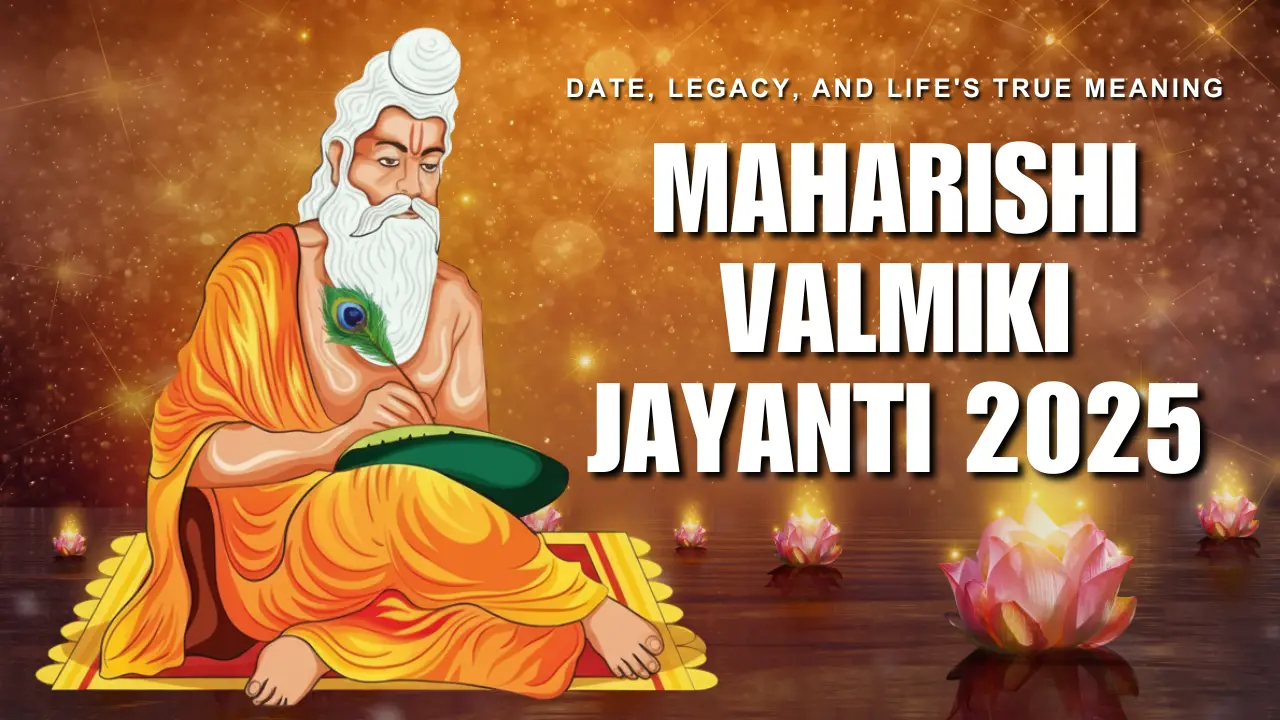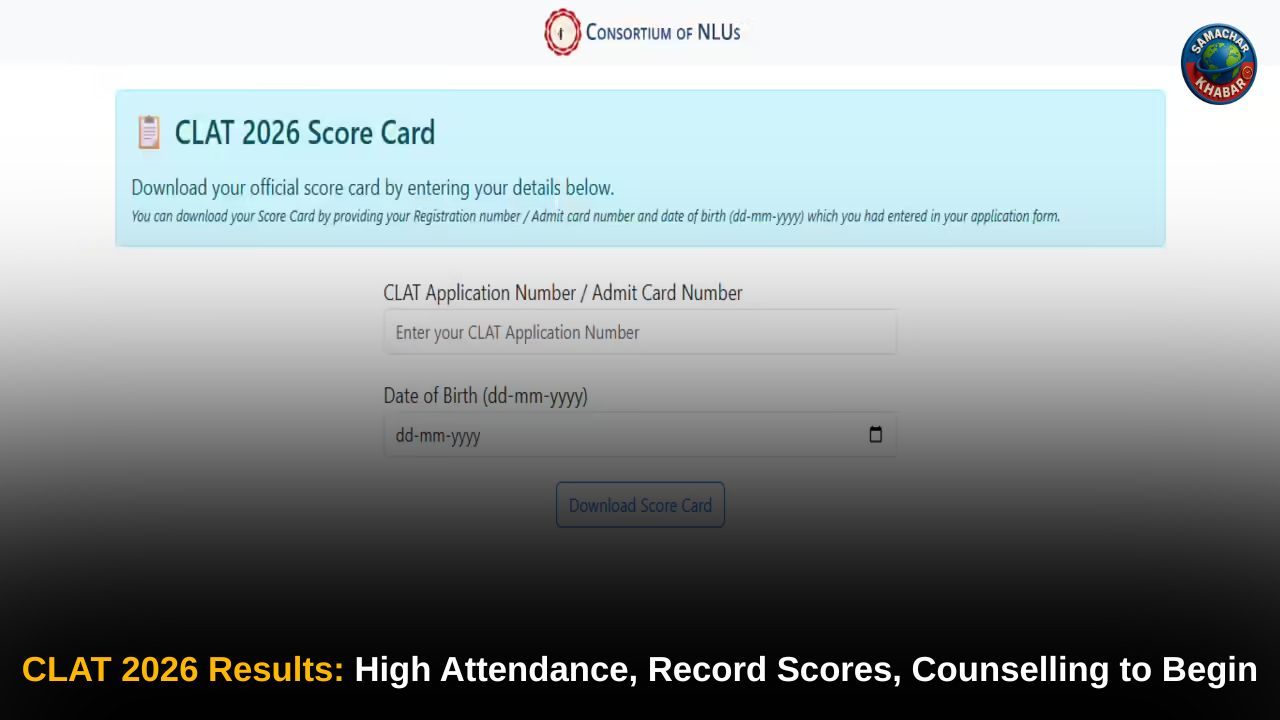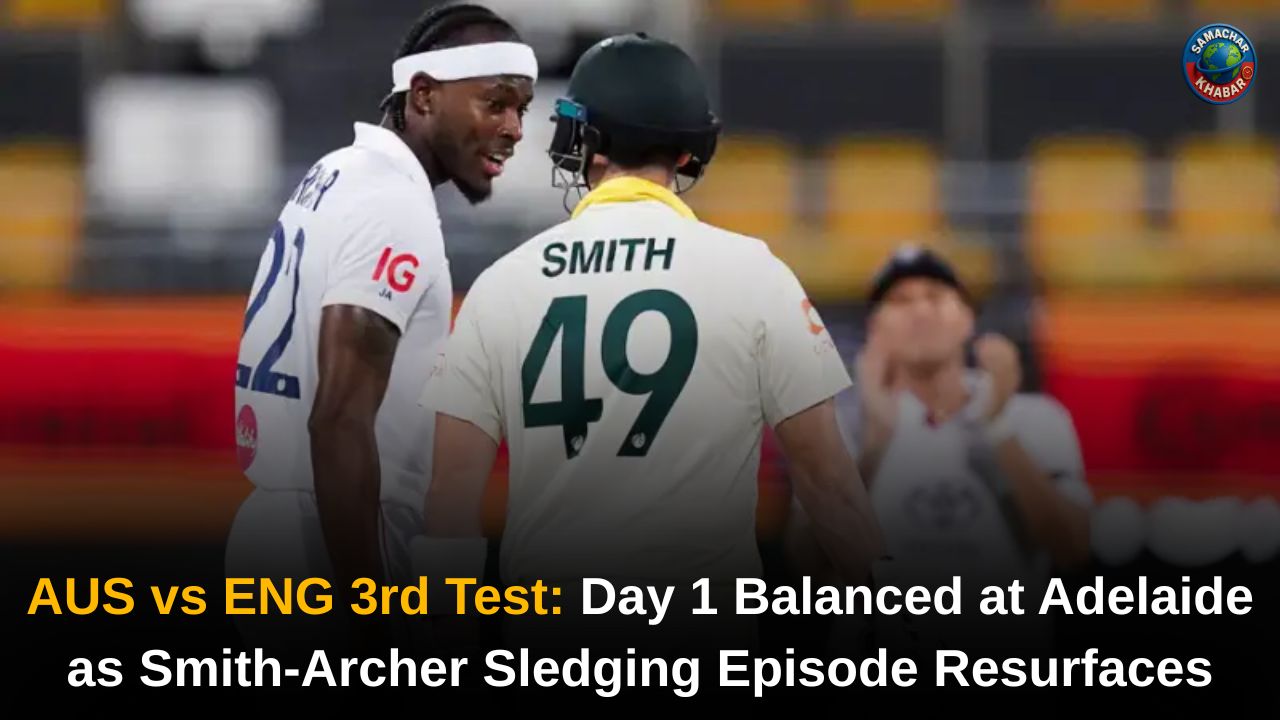Have you ever considered the possibility that your past, no matter how troubled, does not define your future? This transformative and inspiring theme is the very essence of Maharishi Valmiki Jayanti 2025. Celebrated annually as the birth anniversary of the sage who gifted the world the epic Ramayana, this day is far more than a simple festival; it is a profound testament to the power of redemption, penance, and the unyielding potential for human change.
As we look toward the commemoration of Valmiki Jayanti on Tuesday, October 7, 2025, we honour the life of the Adikavi (First Poet) of Sanskrit literature—a man whose journey from a robber named Ratnakar to a revered sage remains one of the most compelling stories in human history. This detailed guide will delve deep into the significance of the day, the cultural traditions, and the enduring wisdom of Maharishi Valmiki’s immortal works, ensuring you have a valuable, comprehensive insight into this pivotal Hindu observance.
When and Why We Celebrate Maharishi Valmiki Jayanti 2025
The specific date for Maharishi Valmiki Jayanti 2025 is Tuesday, October 7th. This date corresponds to the full moon day (Purnima Tithi) in the Hindu lunar month of Ashwin, which is why the festival is also widely known as Pargat Diwas (the Day of Appearance or Manifestation).
The significance of this day lies in celebrating not just a birth, but a radical transformation. Maharishi Valmiki is the monumental author of the Ramayana, an epic poem of 24,000 verses that meticulously chronicles the life of Lord Rama, embodying the principles of Dharma (righteous conduct).
The Legend of Ratnakar’s Redemption
The most captivating aspect of Maharishi Valmiki’s life is his incredible journey from a highwayman, Ratnakar, to a divine sage. This story illustrates the core Hindu philosophy that spiritual purification is accessible to all, regardless of one’s past sins.
- The Life of a Bandit: Ratnakar was a dacoit who would rob and kill travelers to support his family.
- The Encounter with Narada Muni: His life changed forever when he attempted to rob the divine sage Narada, who asked him a simple, life-altering question: “Will your family share your sins as they share your spoils?”
- The Revelation and Penance: Upon realising his family would not bear the burden of his sins, Ratnakar was filled with remorse. He followed Narada’s instruction to chant the name of ‘Rama’, which due to his ingrained habits, he ended up chanting as ‘Mara’ (which means ‘to kill’). Yet, through continuous devotion, ‘Mara’ eventually morphed into the sacred ‘Rama’.
- The Birth of Valmiki: Ratnakar performed such intense penance for years that his body was covered by anthills (Valmika in Sanskrit). When he emerged, purified and enlightened, he was given the name Valmiki, meaning “one born from the ant-hills.”
This tale proves that a committed mind, guided by true spiritual wisdom, can conquer the darkest of pasts, a powerful message that resonates even today.
Cultural Celebrations and Traditions on Pargat Diwas
Across India, Maharishi Valmiki Jayanti is marked by vibrant and deeply spiritual celebrations, primarily centred on the theme of knowledge, righteousness, and social upliftment.
- Shobha Yatras (Processions): Grand processions are taken out in various cities, particularly in Northern India (like Amritsar and Delhi), carrying a portrait of Maharishi Valmiki. These processions are accompanied by devotional songs (bhajans) and chants praising the sage and Lord Rama.
- Ramayana Recitations: Devotees gather in temples, Ashrams, and community centres to recite passages (shlokas) from the Ramayana. This serves as a collective meditation on the epic’s moral and ethical teachings.
- Community Meals and Charity: Following the principles of compassion and justice embodied by the sage, free food (Langar) is often distributed to the poor, and various community service activities are organised, highlighting the importance of social equality.
- Literary Events: Scholars and devotees hold discourses on Valmiki’s literary genius and the deep philosophical meanings embedded in the Ramayana.
The Enduring Literary and Moral Legacy
Maharishi Valmiki’s most enduring contribution is the Ramayana. It is considered the first literary work (Adi Kavya) in Sanskrit, and the foundation of Indian literature and culture.
The First Shloka and The Power of Emotion
Valmiki’s poetic journey began not through intentional effort, but as a spontaneous outpouring of grief and compassion. Witnessing a hunter shoot down one of a pair of Krauncha (crane) birds, which was deeply devoted to its partner, the sage’s sorrow erupted in the form of a perfectly metered verse, a poetic curse to the hunter. This was the first Shloka (couplet) in Sanskrit literature.
Also Read: India’s Richest Gurus: From Crores to Thousands of Crores – But Who Holds True Spiritual Wealth?
This event reveals a crucial insight: The deepest, most authentic art originates from a place of profound emotional truth and Karuna (compassion).
The literary richness of the Ramayana is demonstrated by the sheer scale of the work. It is famously categorised into seven books, or Kandas, detailing Rama’s life from birth to his eventual return to Ayodhya and beyond.
Statistic & Authority: It is widely accepted by scholars that Valmiki’s Ramayana contains approximately 24,000 verses (shlokas) and is structured into seven books (Kandas). This monumental work has been translated into over 300 languages and versions worldwide, underscoring its unparalleled global impact.
Applying Valmiki’s Wisdom to Modern Life
The teachings from the Ramayana and the life of Maharishi Valmiki are not historical relics; they are blueprints for a moral and ethical modern life.
Consider this insightful quote often attributed to Valmiki:
“The mind is everything. What you think, you become.”
This ancient wisdom aligns perfectly with modern psychology and self-help philosophies, reminding us that our internal world shapes our external reality.
Practical Lessons from Maharishi Valmiki’s Journey:
- The Power of Transformation: Never believe it is too late to change your life’s direction. Valmiki’s shift from Ratnakar shows that redemption is always possible through sincere effort and spiritual discipline.
- Duty Above Desire: The central theme of the Ramayana is Dharma—doing what is right, even when it is difficult. Lord Rama’s adherence to duty over personal desire is a timeless lesson in integrity.
- Compassion as the Source of Creativity: Valmiki’s first shloka was born from compassion, teaching us that empathy fuels our greatest and most meaningful contributions to the world.
Honouring the Legacy
Maharishi Valmiki Jayanti 2025 is a powerful reminder that every individual, regardless of their beginning, has the capacity for spiritual greatness and societal contribution. As we honour the Adikavi on October 7th, let us not just read his epic, but strive to embody its moral values—courage, compassion, and duty—in our daily lives.
FAQs on Maharishi Valmiki Jayanti
Q1: What is the exact date of Maharishi Valmiki Jayanti 2025?
Maharishi Valmiki Jayanti 2025 will be celebrated on Tuesday, October 7th. It is observed on the day of the full moon (Purnima) in the Hindu month of Ashwin.
Q2: Why is Maharishi Valmiki known as the ‘Adikavi’?
He is known as the ‘Adikavi’ or ‘First Poet’ because his spontaneous expression of sorrow upon witnessing a tragic event took the form of the first metrically perfect Shloka (couplet) in Sanskrit literature, which then inspired the creation of the Ramayana.
Q3: What is the main message or theme of the Ramayana?
The Ramayana‘s central theme is Dharma (righteousness and moral duty). It teaches the importance of integrity, devotion, sacrifice, and the ultimate triumph of good over evil, as embodied by the life and actions of Lord Rama.
Q4: Are there any public holidays declared for Valmiki Jayanti?
Yes, Maharishi Valmiki Jayanti is a gazetted holiday in several Indian states, including Punjab, Haryana, Himachal Pradesh, and parts of Uttar Pradesh and Delhi. Government offices and educational institutions in these regions typically remain closed.
Q5: How can a modern person celebrate Valmiki Jayanti?
Modern celebrations often involve participating in social service or charity drives, attending Ramayana reading sessions, and reflecting on the moral teachings of the epic. It is a day for personal introspection on the themes of duty, integrity, and transformation.

















